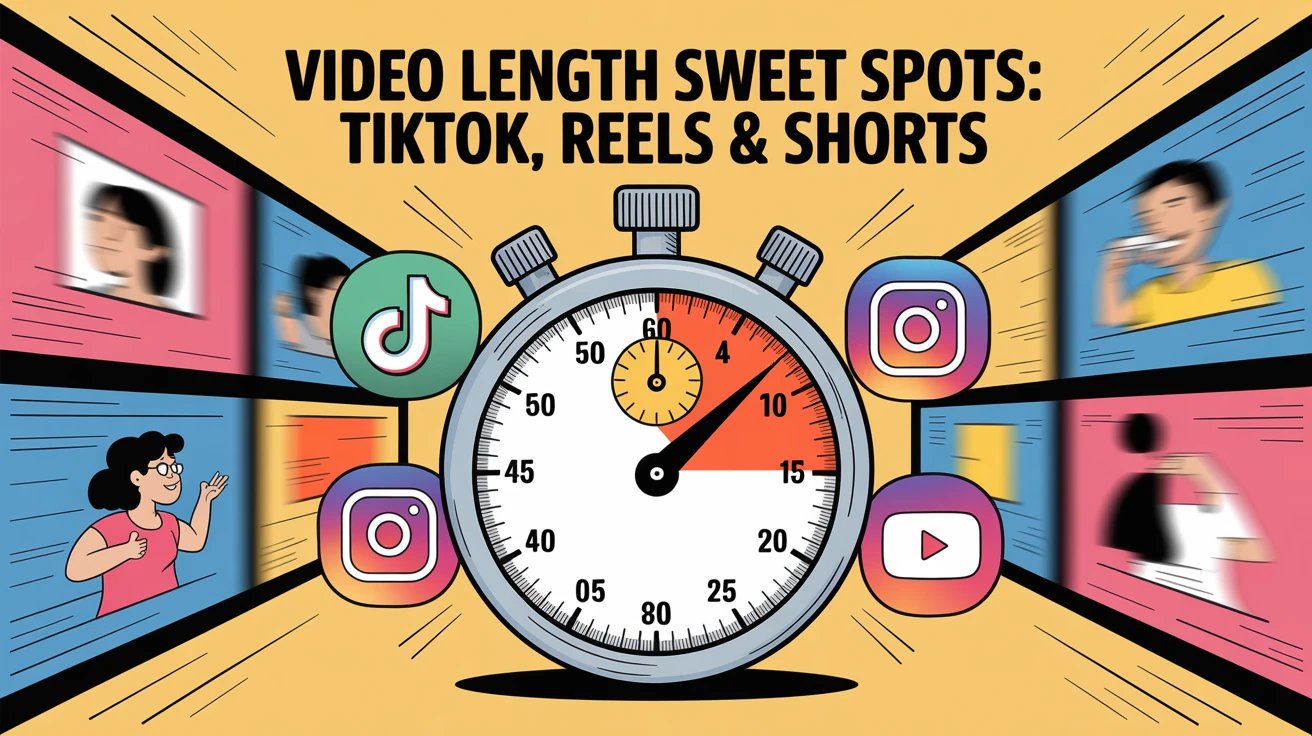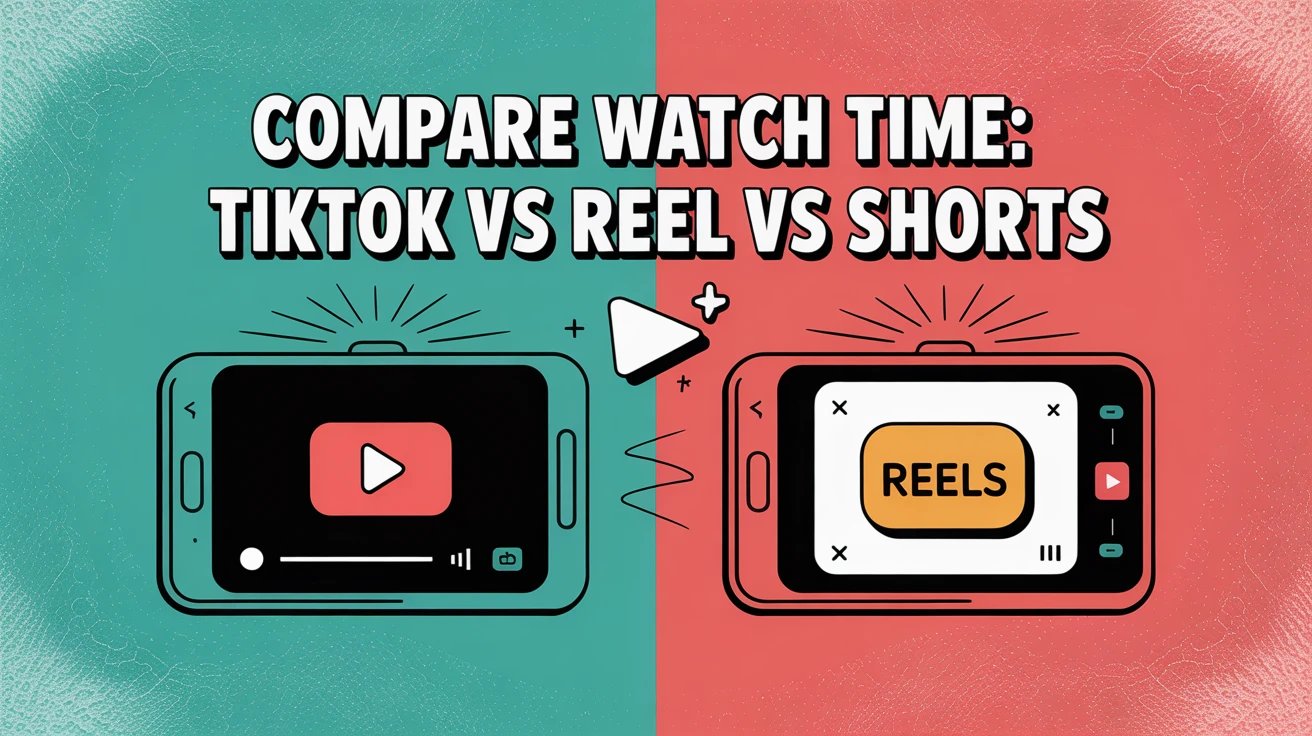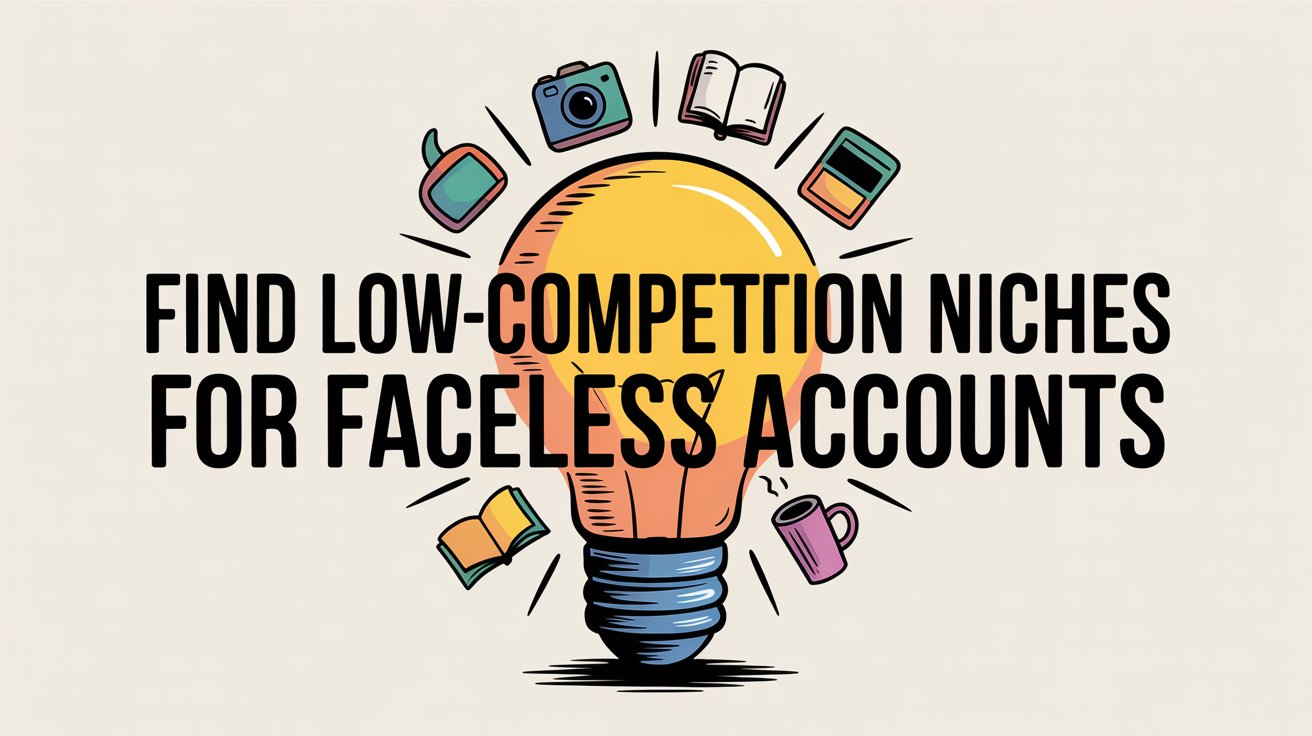The rise of artificial intelligence (AI) has transformed how content creators approach their work, offering innovative tools to craft engaging and shareable videos. For TikTok creators looking to create viral, faceless content, AI presents powerful opportunities to boost creativity while maintaining anonymity.
This blog explores practical steps, tools, and strategies to use AI effectively to analyze TikTok accounts and craft viral, faceless content.
Understanding Faceless Content on TikTok
Faceless content focuses on storytelling, education, or entertainment without requiring the creator’s face to appear on screen. These videos often rely on visuals, text, voiceovers, and animations to engage audiences. Popular examples include:
- Educational videos: Tutorials or explanations using animations or screen recordings.
- Storytelling content: Narratives presented through stock footage, text overlays, or voiceovers.
- Trend-based videos: Participating in TikTok challenges or showcasing products creatively.
Creating faceless content allows creators to maintain privacy while appealing to diverse audiences. With AI, creators can automate aspects of content creation and analyze account performance to maximize virality.
Step 1: Analyze TikTok Accounts with AI
Before creating content, analyzing successful TikTok accounts can reveal trends and strategies for reaching your target audience. AI tools simplify this process by identifying key performance metrics and audience preferences.
1. Use AI-Powered TikTok Analytics Tools
Several platforms provide in-depth analytics for TikTok accounts. Tools like Tokboard, Exolyt, and Pentos offer insights into:
- Engagement metrics: Views, likes, shares, and comments.
- Audience demographics: Age, gender, and location.
- Content trends: Popular hashtags, audio, and video formats.
- Posting schedules: Optimal times to publish for maximum engagement.
By analyzing these metrics, you can identify what works for your niche and incorporate similar strategies into your content.
2. Competitor Analysis with AI
AI tools can track and analyze your competitors’ performance on TikTok, highlighting:
- Their top-performing videos.
- Frequently used hashtags and trends.
- Effective video lengths and formats.
For example, if a competitor’s educational videos with text overlays are consistently viral, consider replicating this style with your unique spin.
3. Audience Sentiment Analysis
AI-driven sentiment analysis tools like MonkeyLearn or Brand24 can analyze comments on TikTok videos to gauge audience reactions. Understanding whether viewers perceive a video positively, negatively, or neutrally can help refine your approach to content creation.
One tool that assists in analyzing TikTok accounts data, keeping track of competitors and gauging audience sentiment is Shortimize.
Step 2: Leverage AI for Content Creation
AI offers tools to automate and enhance various aspects of faceless content production, from scripting to editing.
1. Generate Content Ideas with AI
Tools like ChatGPT, Jasper AI, or Writesonic can help brainstorm video ideas based on your niche. For example, if you focus on tech reviews, ask the AI for video concepts, trending topics, or engaging formats.
Here are a few great examples of the Best Niches for Successful Faceless Digital Marketing.
2. Create Scripts and Voiceovers
AI-powered writing tools can craft scripts tailored to your audience. Once the script is ready, you can use AI voice generators like Murf.ai, Descript, or Lovo.ai to create professional, human-like voiceovers without recording your own voice.
3. Design Engaging Visuals
Faceless content often relies heavily on visuals. AI can simplify this process:
- Stock Footage and Images: Use platforms like Pexels or Unsplash for free resources.
- AI-Generated Images: Create custom visuals using tools like DALL-E or DeepAI.
- Animations and Motion Graphics: Platforms like Runway ML or Animoto can create animations and videos based on your script.
4. Use AI for Video Editing
Editing faceless content is streamlined with AI tools:
- Automatic Captions: Tools like CapCut, Otter.ai, or Veed.io can generate captions to boost engagement.
- Quick Cuts and Transitions: AI editing software like Adobe Premiere Pro’s Sensei or Pictory.ai can suggest transitions and edits to keep viewers hooked.
- Trend Integration: AI tools like TrendTok Analytics can help incorporate trending music or effects into your videos.
Step 3: Optimize for Virality
Creating content is only half the battle; ensuring it reaches a wide audience requires strategic optimization. AI tools can assist in every step of the process.
1. Hashtag and Trend Research
AI-driven platforms like RiteTag and Hashtagify can analyze trending hashtags in your niche. Incorporate these hashtags strategically to increase the discoverability of your content.
2. Thumbnail and Title Optimization
AI tools like Canva and Visme can help design eye-catching thumbnails, while platforms like CoSchedule Headline Analyzer optimize titles to increase click-through rates.
3. Timing and Frequency
AI-powered scheduling tools like Buffer, Hootsuite, or Later analyze engagement data to determine the best times to post. Consistency in posting also helps the TikTok algorithm prioritize your content.
4. Personalization at Scale
AI tools like Persado can personalize your captions or video descriptions based on audience insights, creating a more engaging viewer experience.
Step 4: Test, Measure, and Refine
Regularly assessing the performance of your content ensures continuous improvement. AI tools make this process efficient and actionable.
1. Track Video Performance
Platforms like TikTok Pro Account Analytics or third-party tools like Analisa.io provide metrics such as:
- Average watch time.
- Engagement rate.
- Traffic sources (For You Page vs. followers).
Use these insights to identify patterns in what works and what doesn’t.
2. A/B Testing with AI
AI-driven tools can help test different versions of your content. For example, experiment with various voiceovers, video lengths, or captions to see which format performs better.
3. Continuous Trend Analysis
Stay updated on TikTok trends using AI-powered tools like BuzzSumo or Trendspottr. Regularly adapting your content to incorporate trending topics or sounds can keep your account relevant and engaging.
Advantages of Using AI for Faceless Content
Time Efficiency
AI automates repetitive tasks like editing, scriptwriting, and analytics, freeing up more time for creative planning.
Cost-Effective Solutions
Many AI tools are affordable or offer free versions, making them accessible for creators with limited budgets.
Enhanced Creativity
AI-generated visuals, scripts, and voiceovers unlock new possibilities for storytelling and presentation.
Data-Driven Decisions
AI provides actionable insights to guide content creation, increasing the likelihood of virality.
Challenges and Solutions
While AI is a game-changer, it does come with challenges:
Learning Curve: Many AI tools require time to master. Start with user-friendly platforms and gradually explore advanced tools.
Over-Reliance: Balance AI with human creativity to ensure your content remains authentic and relatable.
Algorithm Changes: TikTok’s algorithm evolves, so stay adaptable and update your strategies regularly.
Final Thoughts
AI has revolutionized content creation, offering creators innovative ways to produce viral, faceless content on TikTok. By analyzing account performance, leveraging AI tools for production, and optimizing content for trends, creators can build an engaging and anonymous presence on the platform.
Whether you’re a seasoned TikTok user or a newcomer, embracing AI can help you navigate the competitive landscape and create content that resonates with your audience.



